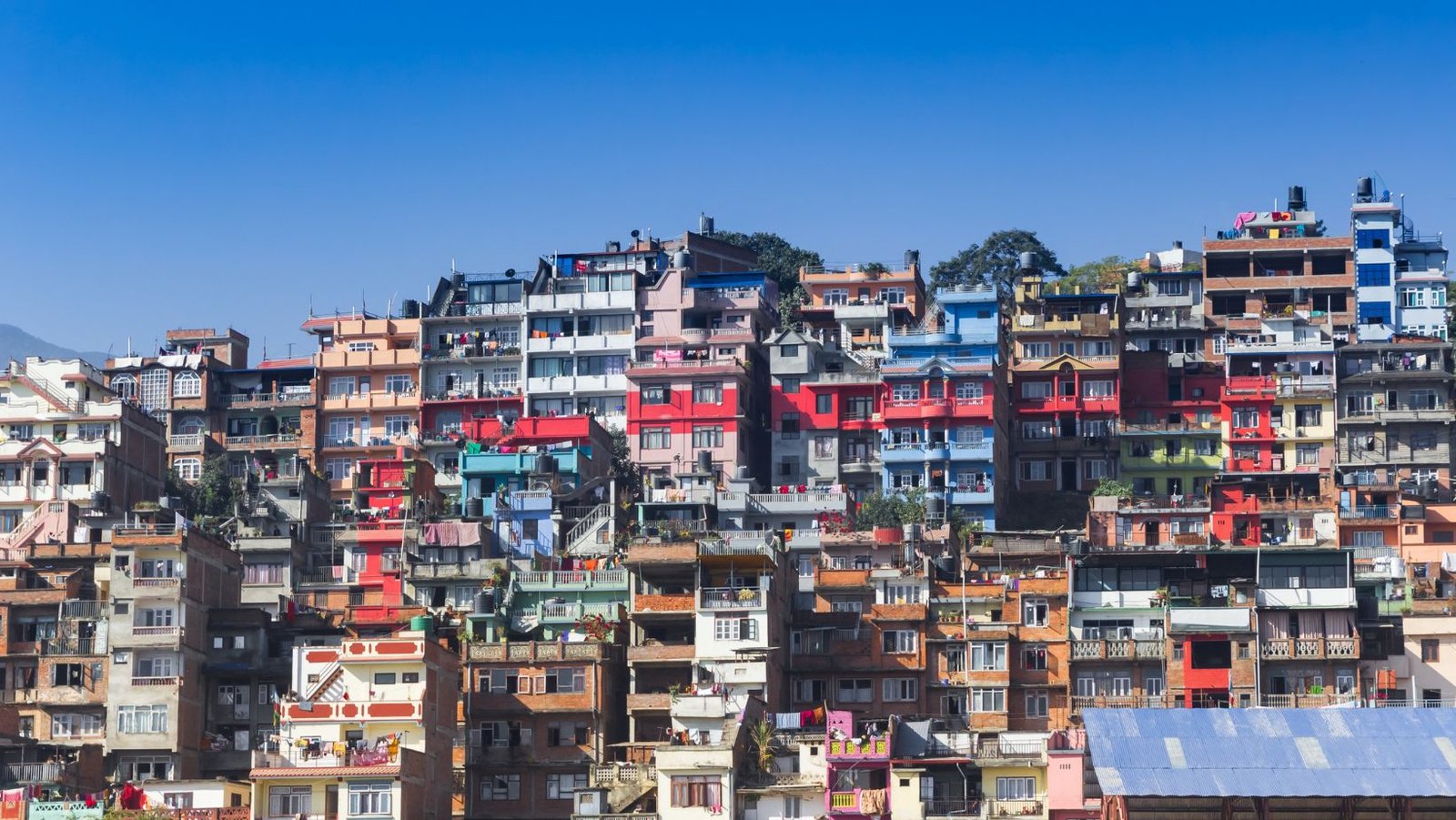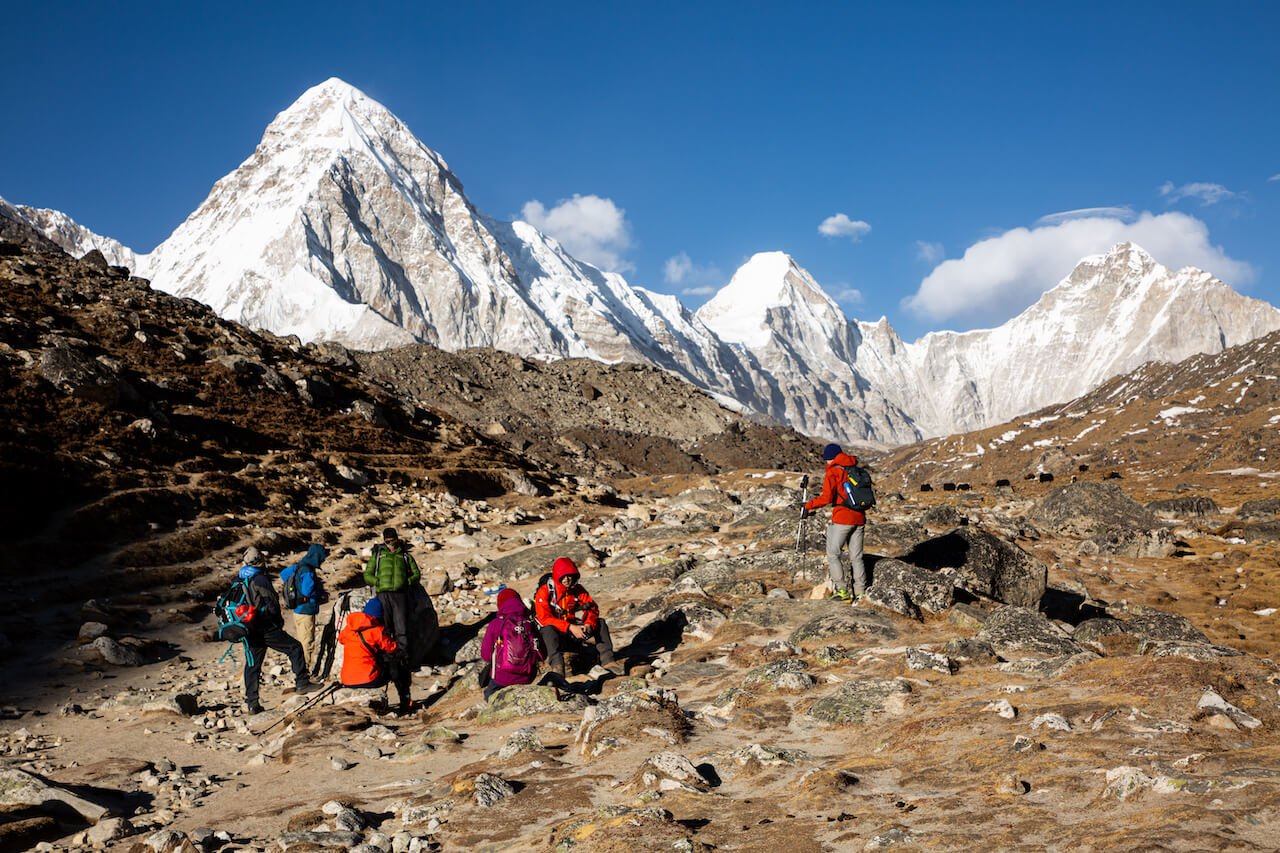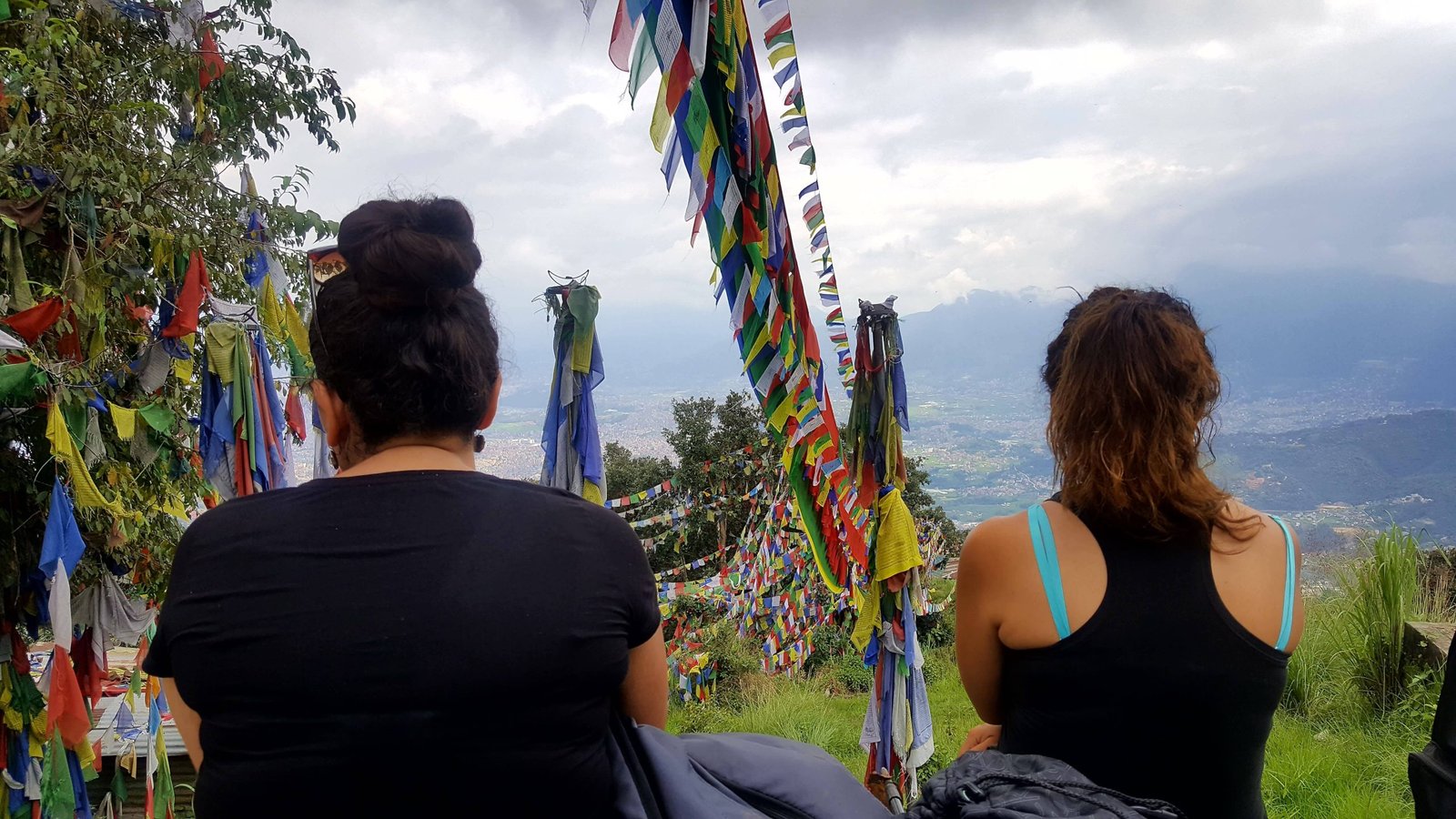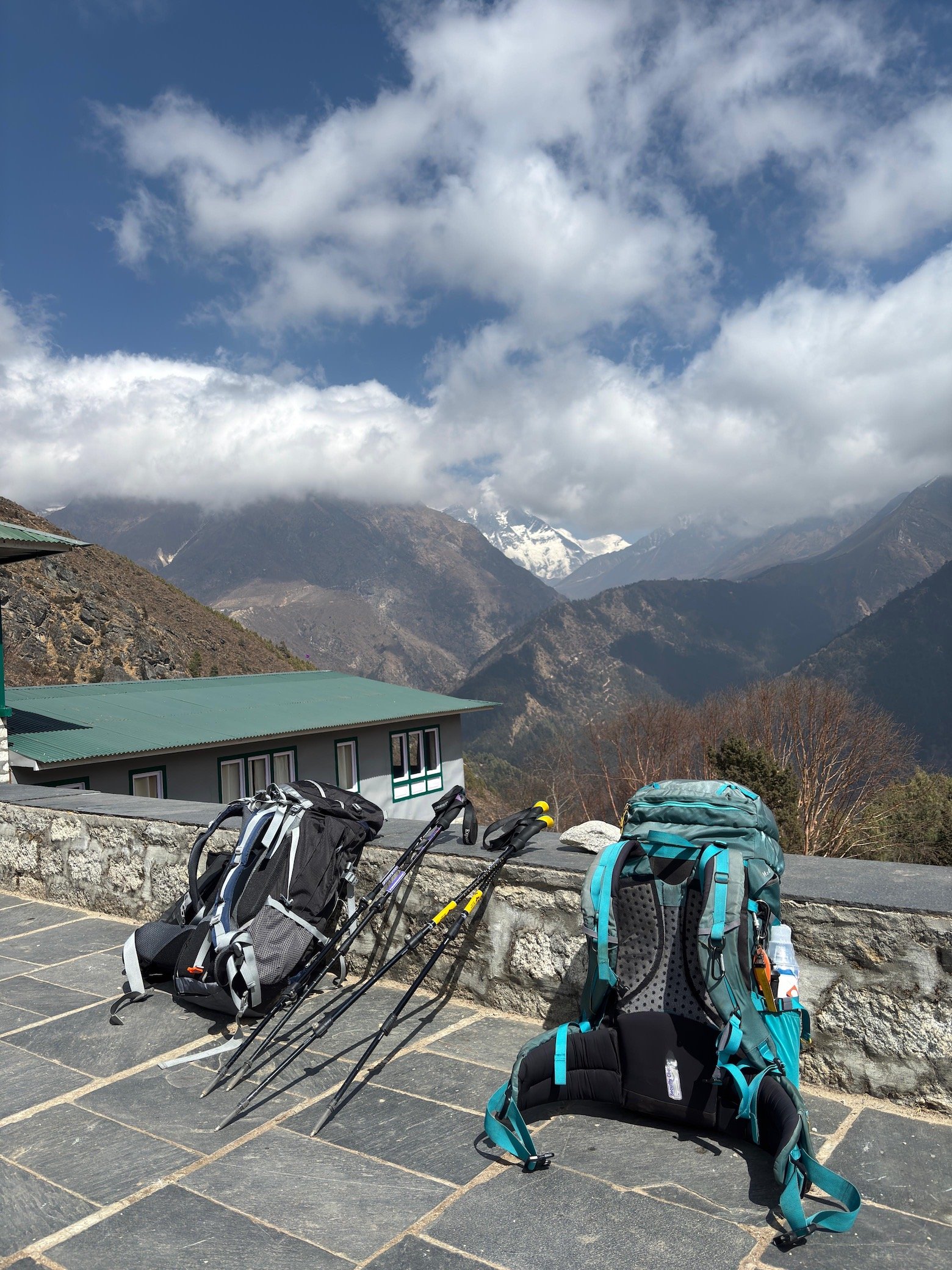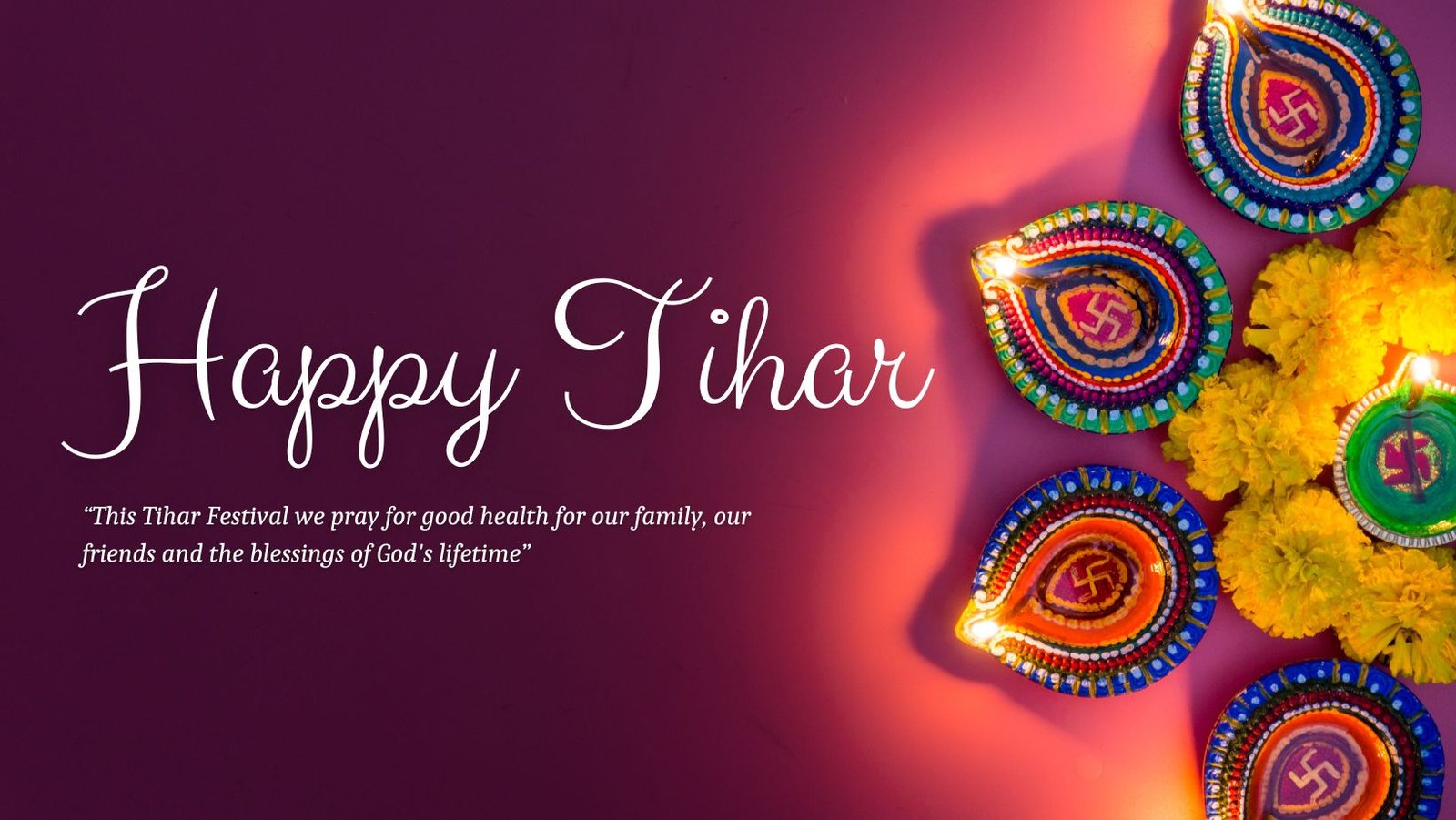Nestled amidst the towering peaks of the Himalayas, Nepal is a land of rich traditions, vibrant cultures, and festivals that are as diverse as the country’s landscapes.
One such festival that captures the essence of Nepali culture and spirituality is Tihar, also known as Yamapanchak or Deepawali.
While it shares similarities with the Indian festival of Diwali, Tihar has its own unique flavor that makes it a must-experience event for international visitors.
A Five-Day Celebration of Bonds
Tihar is not just a festival of lights; it’s a celebration of the bonds that connect us – to animals, to the divine, and to each other.
Spanning five days, each day of Tihar is dedicated to honoring different animals and deities, reflecting the deep-rooted respect for nature and relationships in Nepali culture.
Day 1: Kaag Tihar – A Tribute to the Crows
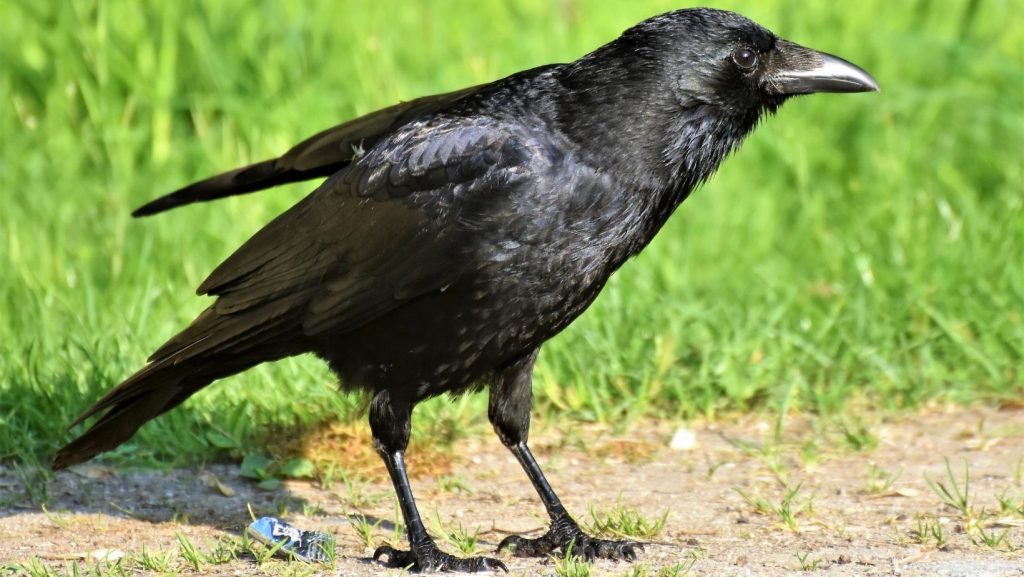
The festival kicks off with a tribute to crows, the often-overlooked birds that are considered messengers of death in Hindu mythology.
By feeding and honoring them, Nepalis believe they can ward off grief and death from their homes.
For visitors, the sight of crows being revered is a gentle reminder of Nepal’s unique approach to life and death, where every creature has a role to play and is deserving of respect.
Day 2: Kukur Tihar – Celebrating Man’s Best Friend
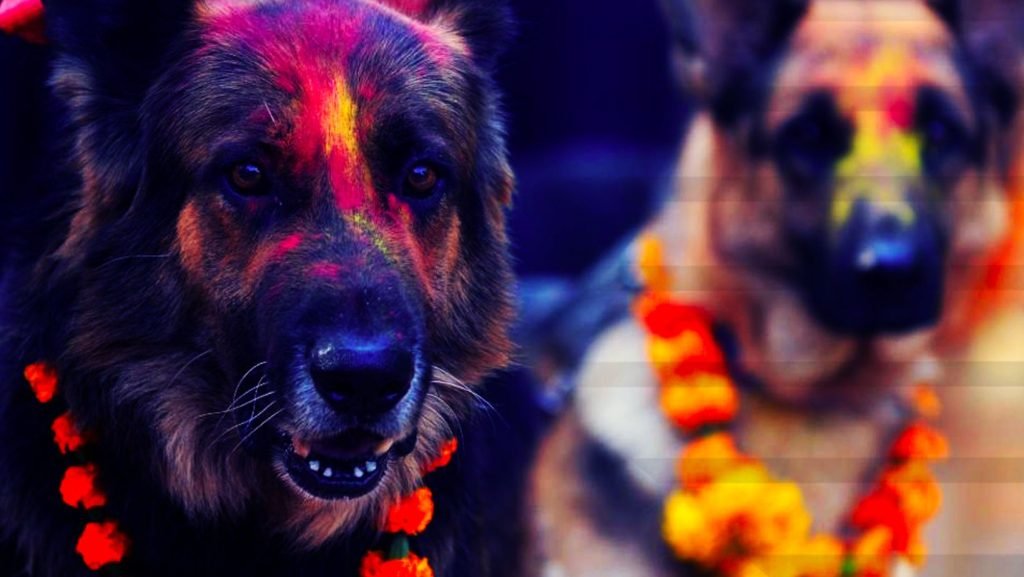
If you’re an animal lover, especially a dog enthusiast, you’re in for a treat on the second day.
Dogs, adorned with garlands and colorful tika on their foreheads, can be seen basking in the love and attention showered upon them.
This day celebrates the loyalty and companionship that dogs offer, making it a heartwarming spectacle for visitors.
Day 3: Gai Tihar and Laxmi Puja – Inviting Prosperity
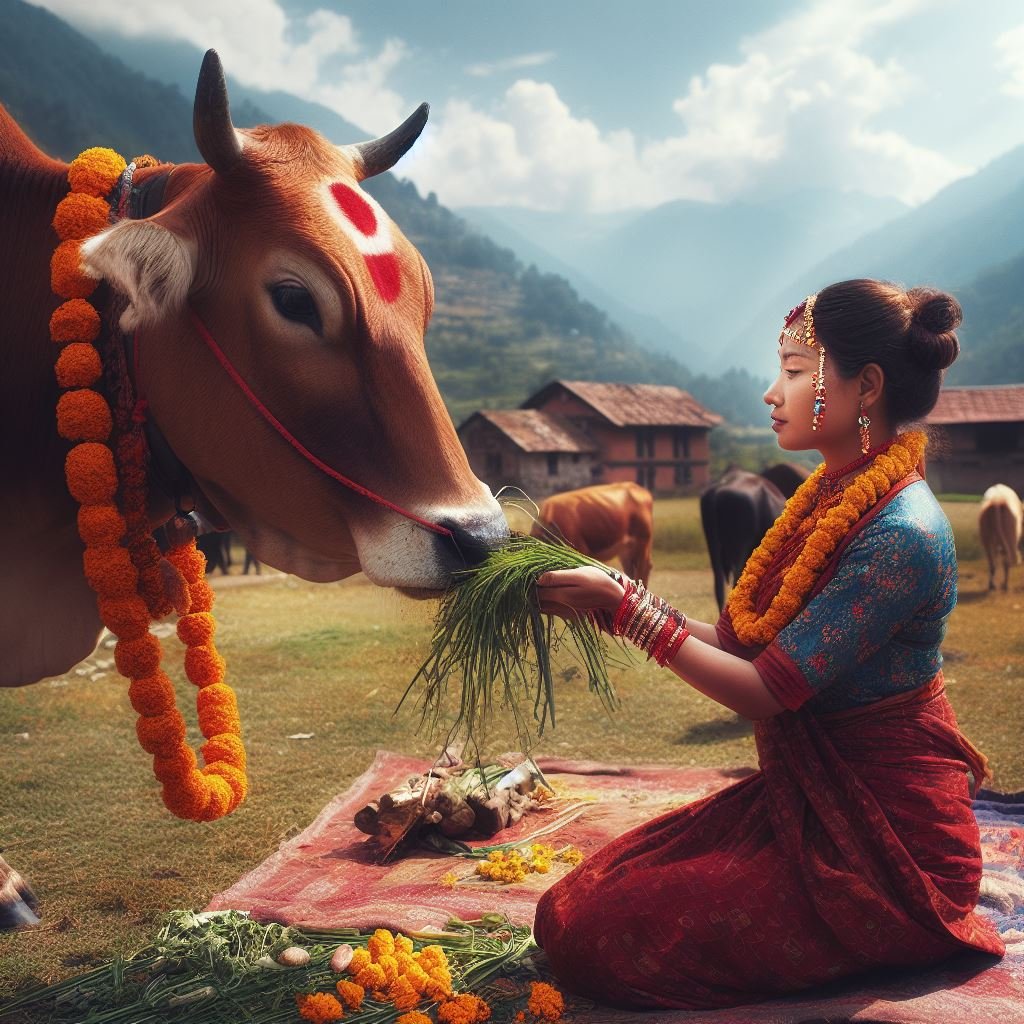
The third day is a visual and spiritual feast. In the morning, cows, regarded as sacred symbols of prosperity in Hinduism, are honored.
As the day transitions into evening, the atmosphere becomes electric. Homes and public spaces are illuminated with oil lamps, and colorful rangoli patterns adorn the ground.
This is to welcome Laxmi, the goddess of wealth, into homes. For international visitors, this day offers a chance to witness the blend of devotion and artistry that defines Nepali culture.
Day 4: Goru Tihar and Mha Puja – Honoring Strength and Self
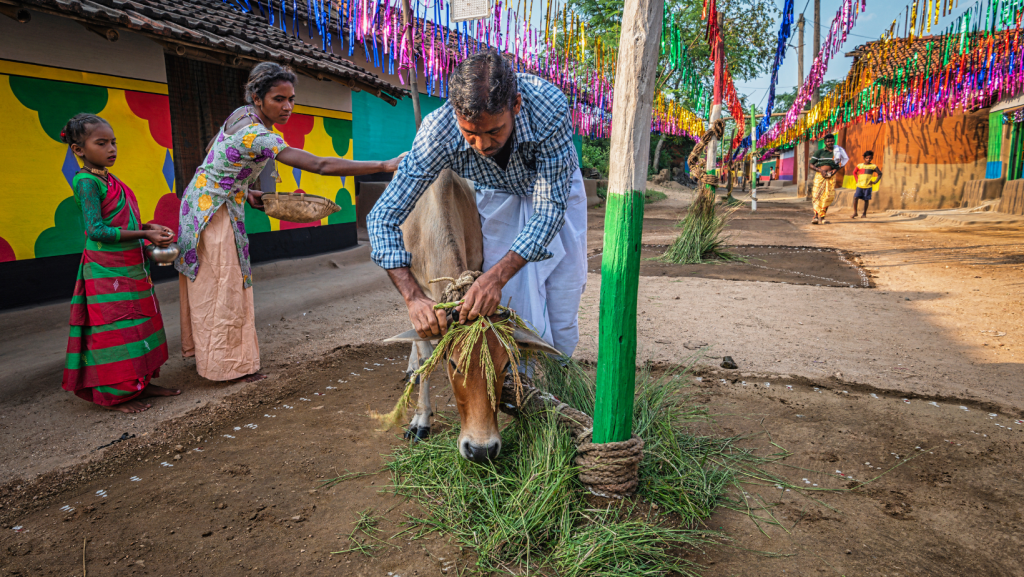
Oxen, the beasts of burden, are revered on the fourth day for their role in agriculture.
In the Newar community, there’s also the Mha Puja, a unique ritual of self-purification.
It’s a day that emphasizes the importance of self-love and respect for one’s own body and existence.
Day 5: Bhai Tika – Celebrating Sibling Love
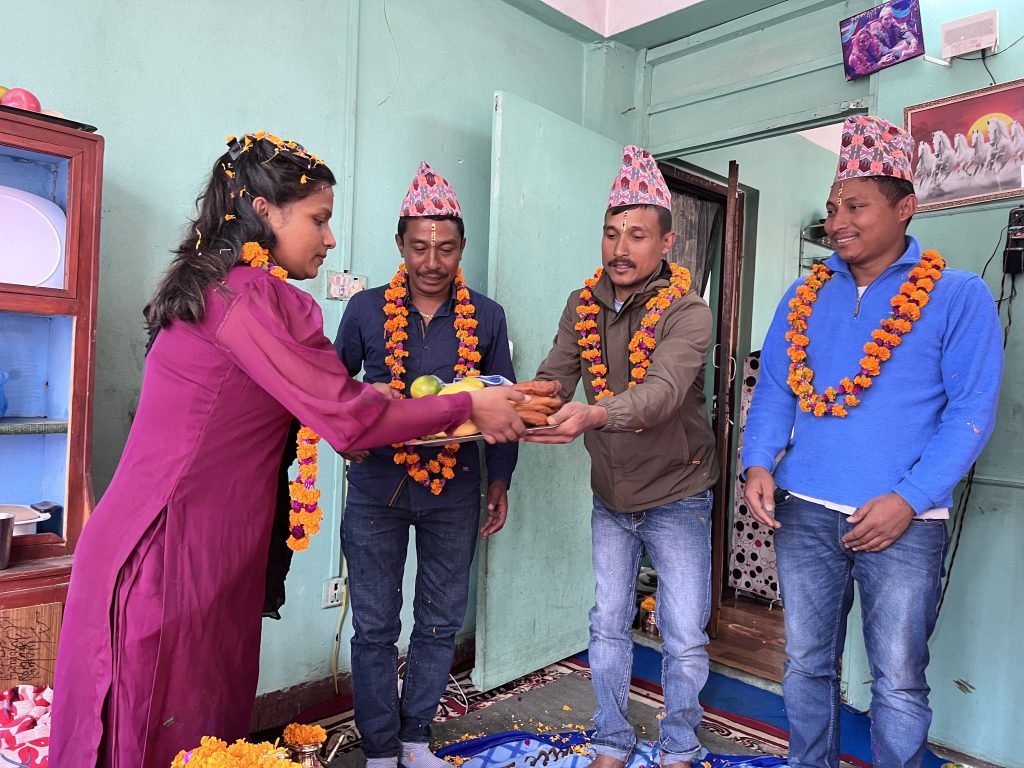
The festival culminates in a heartwarming celebration of the bond between brothers and sisters.
Sisters apply tika to their brothers, pray for their long life, and offer sweets.
In return, brothers gift their sisters, symbolizing their protective bond.
For visitors, this day is a poignant reminder of the universal bonds of family that transcend cultures and borders.
Why Tihar is a Must-Experience for International Visitors
Tihar is more than just a festival; it’s a window into the soul of Nepal.
It offers a glimpse into the country’s harmonious coexistence with nature, its deep-rooted spirituality, and its celebration of relationships.
Tihar provides a unique opportunity to immerse oneself in a culture that seamlessly blends tradition and modernity.
Moreover, the warmth and hospitality of the Nepali people during Tihar are unparalleled.
As homes open up to welcome Laxmi, they also open up to guests, offering them a chance to be part of the celebrations.
In Conclusion
Nepal, with its majestic mountains and rich traditions, is always a fascinating destination.
But visiting during Tihar elevates the experience to a whole new level. It’s a time when the entire country comes alive with lights, colors, and joy.
So, if you’re looking for a cultural experience that’s both enlightening and enjoyable, plan your trip to Nepal during Tihar. You’ll return with memories that last a lifetime.


